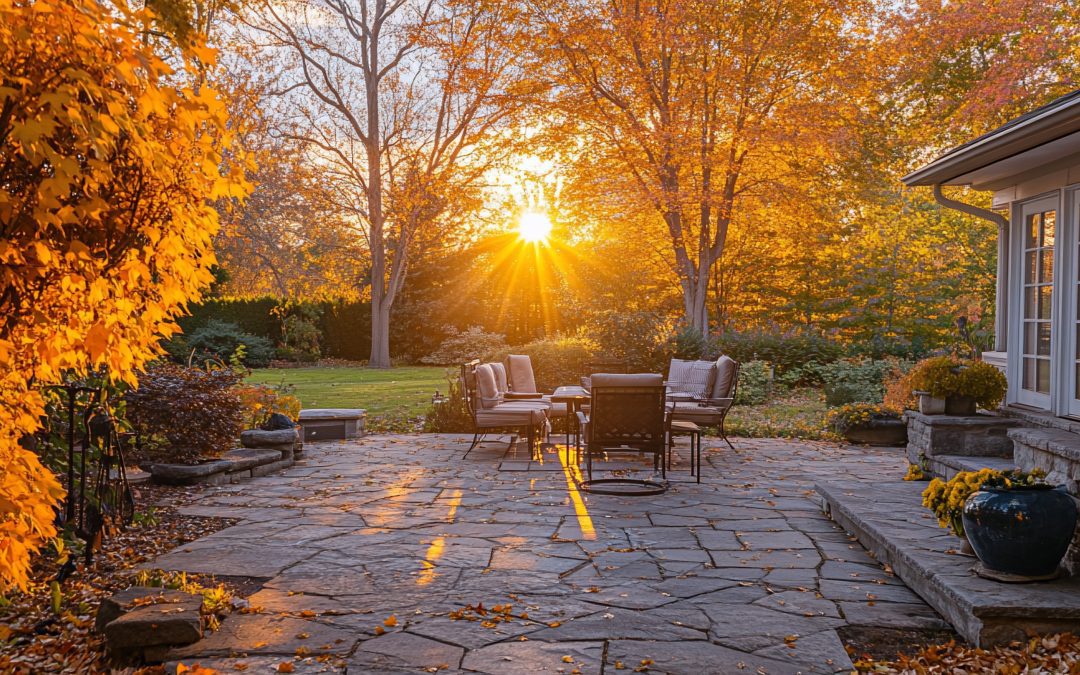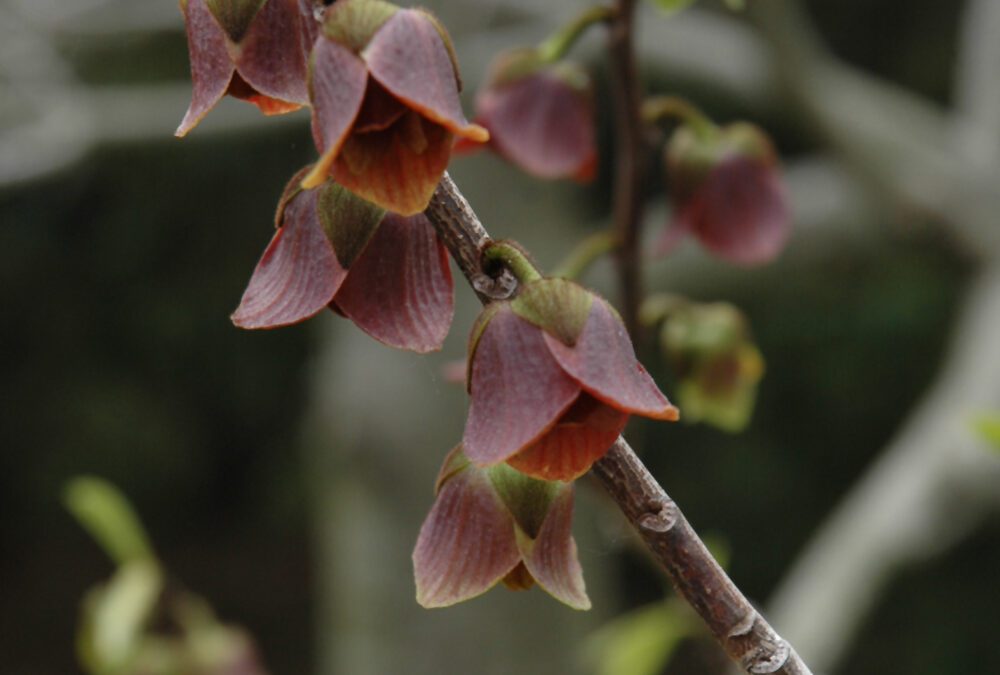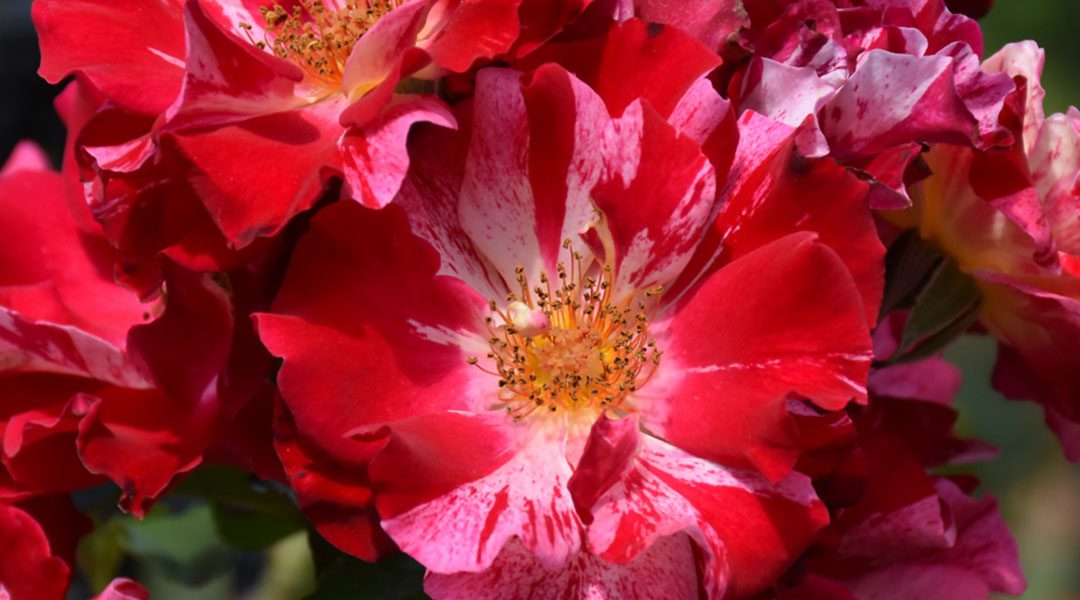Fern Houseplant – The Lush, Timeless Classic
Fern houseplant are the epitome of elegance and natural beauty, prized for their feathery, cascading fronds and vibrant green foliage. These versatile houseplants instantly transform any space into a calming, verdant retreat. Whether as a hanging plant, tabletop accent, or part of a larger indoor garden, ferns are perfect for adding texture, life, and a touch of nature to your home or office.
Key Features:
- Lush Foliage: Features soft, arching fronds that create a dense, graceful display, ideal for enhancing any decor.
- Natural Air Purifier: Improves indoor air quality by filtering toxins and releasing oxygen, making your space fresher and healthier.
- Decorative Versatility: Perfect for hanging baskets, shelves, or as a statement plant in any room.
- Tropical Vibe: Brings a sense of tranquility and lush greenery to your indoor environment.
- Variety of Species: Available in a range of types, including Boston, Maidenhair, and Staghorn ferns, each with its own unique charm.
Care Instructions:
- Light: Thrives in bright, indirect light but can adapt to lower light levels. Avoid direct sunlight, which may scorch the delicate fronds.
- Watering: Keep the soil consistently moist but not waterlogged. Do not let the soil dry out completely.
- Humidity: Prefers high humidity. Mist regularly or place near a humidifier to replicate its natural tropical environment.
- Temperature: Best grown in temperatures between 60-75°F. Keep away from cold drafts and sudden temperature changes.
- Soil: Use well-draining, rich potting soil that retains some moisture to support healthy growth.
Why Choose a Fern Houseplant?
The fern houseplant is a timeless choice for anyone seeking to create a lush, natural ambiance indoors. Its cascading fronds and vibrant green color add texture and beauty to any space, while its air-purifying benefits enhance your well-being. Easy to care for with the right conditions, ferns are perfect for plant lovers of all experience levels.
Add a fern to your collection to enjoy its timeless elegance and tranquil presence. It’s the perfect plant to bring a touch of nature’s beauty into your home or office.
Elevate your home or office décor with these captivating botanical treasures today!



